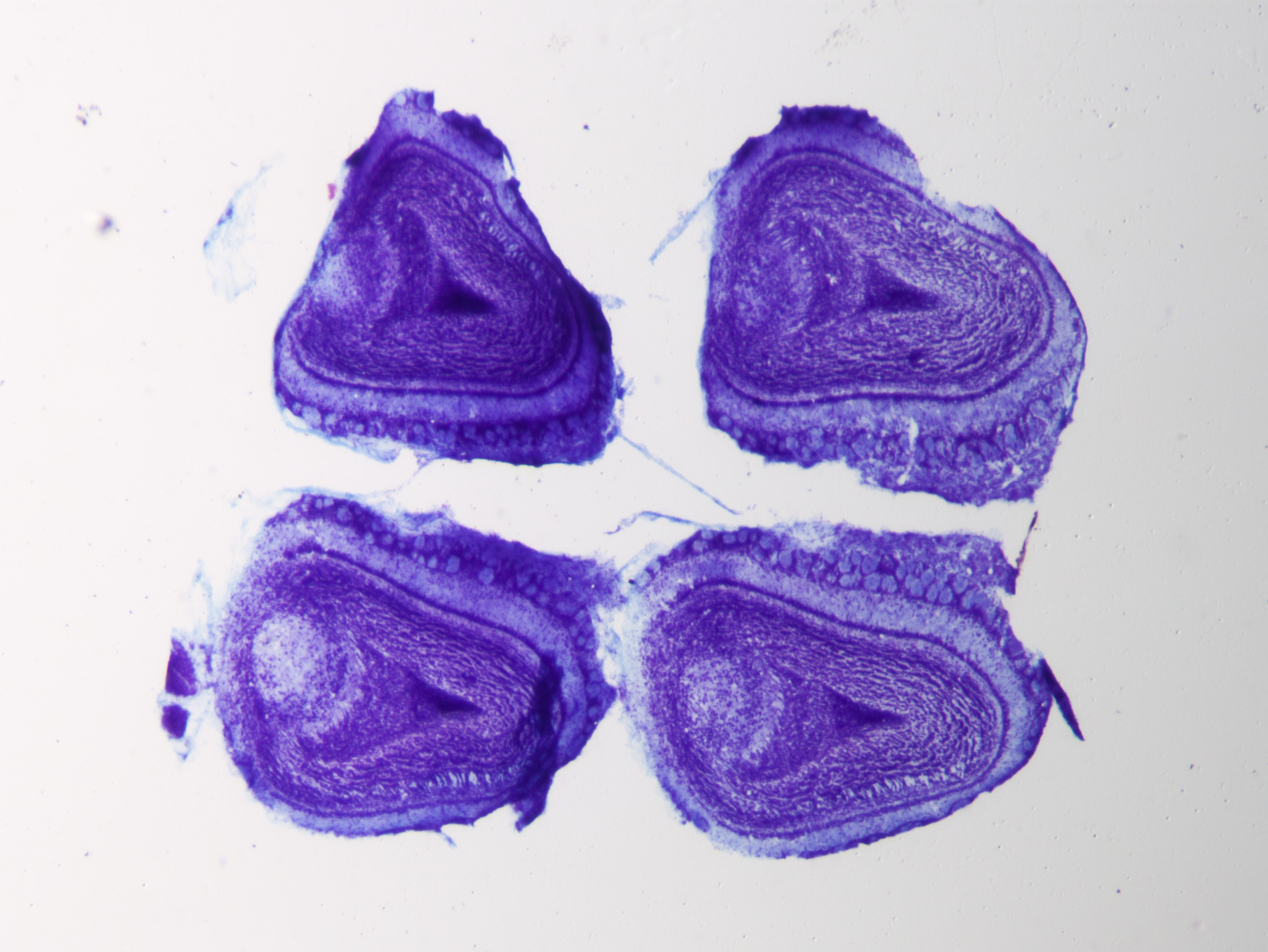
Health & Medicine
How much exercise keeps our brains healthy as we age?

As we age our sense of smell can decline and this can predict cognitive decline, but practising smelling might help to boost our brains
Published 14 March 2019
As we age, we can start to lose our sense of smell. Older people may not be able to identify a specific odour, differentiate one odour from another, or in some cases they may not be able to detect an odour at all.
We don’t know exactly why this happens, but we do know that a decline in our ability to smell can be a predictor of cognitive decline, and is common in people with neurodegenerative diseases like Alzheimer’s and Parkinson’s Disease. And olfactory dysfunction is often present before other cognitive symptoms of dementia appear.

In fact older people with difficulty identifying common odours have been estimated to be twice as likely to develop dementia in five years than those with no significant smell loss.
But what if we were able to train people smell better? Could it help to offset cognitive decline?

Health & Medicine
How much exercise keeps our brains healthy as we age?
A recent study of olfactory (or smell) training in older adults has found it not only improved performance in identifying smells, but it was also associated with improvement in other cognitive abilities outside of the olfactory realm.
The process of smelling activates the complex olfactory network in our brains. When we smell a rose, for example, receptors in the nose detect the numerous molecules which make up that rose’s odour.
This information is then sent to many areas of the brain (including the olfactory bulb and olfactory cortex, the hippocampus, the thalamus and the orbitofrontal cortex) which help us to process the information about that odour.

To identify the smell as that of a rose, we access our stored, or remembered, knowledge of its unique pattern of odour molecules. Identifying the odour then is considered a cognitive task.
Smell training has been studied in various animals, from flies to primates. Those animals exposed to multiple odours have an increased number of brain cells and more connections between them. They also demonstrate enhanced learning and memory of odours.

Arts & Culture
Clearing the fog of dementia with song
In humans, olfactory training to date typically involves a very simple process of being asked to smell range of strong odours representing major odour categories – flowery, fruity, aromatic or resinous odours like rose, lemon, eucalyptus or cloves. Participants are often asked to train in the morning and at night, and focus their attention when doing it.
Some procedures also involve attempting to note the intensity of odours, or trying to detect an odour being present or not.
Typically, training lasts several months, with periods over three months suggested for older adults.

This training has been shown to improve people’s ability to identify and tell the difference between smells. To a lesser extent, it can facilitate odour detection in individuals with various forms of smell loss, including those with a brain-derived impairment such as a head injury or Parkinson’s disease.
Importantly, one recent study of olfactory training in older adults found it not only improved performance in identifying smells, but it was also associated with improvement in other cognitive abilities outside of the olfactory realm.

Sciences & Technology
Does the smell of blood make us hungry?
For example, those who undertook smell training had improved verbal fluency (improved ability to name words associated with a category), compared to control participants who completed Sudoku exercises.
Our brains have the ability to continuously change in response to experience, called neuroplasticity, and this ability may be key to the way in which smell training works.
Neuroplasticity involves the generation of new and/or strengthened connections between neurons (brain cells), which may in turn lead to changes in thinking skills or behaviour. We can see evidence of neuroplasticity when we practice a skill like playing an instrument or learning a new language.

The olfactory network in our brains is particularly neuroplastic. When we frequently use the many parts of the brain involved in the process of smelling through repeated exposure to odours, this may lead to increased olfactory abilities and cognition. It’s possible then that we could ‘train the brain through the nose.’
Brain training as a way to maintain or enhance cognitive function has been extensively researched in older people at risk of, or already diagnosed with, dementia.

Sciences & Technology
Why smells trigger your memories
Established cognitive training approaches encourage participants to utilise learning and memory strategies in response to visual or auditory stimuli. To date, however, formal cognitive training hasn’t been attempted using odours.
By utilising the considerable neuroplasticity of our olfactory network and evidence-based cognitive training techniques, it may be possible to improve both an older person sense of smell, but also their cognitive ability. For example, while smelling an odour, individuals could be provided with cues to help them identify it.
To date, a technique like this has never been used, but olfactory training warrants further investigation to see if we can improve declining cognitive and olfactory function in older individuals who may be at greater risk of dementia.
So, there may yet be another good reason to take some time out and practice smelling the roses.
A version of this article is published in The Conversation.
Banner Image: Shutterstock